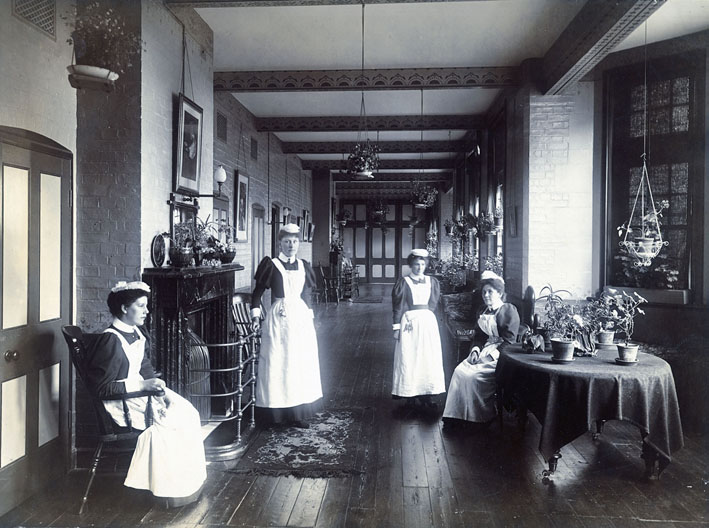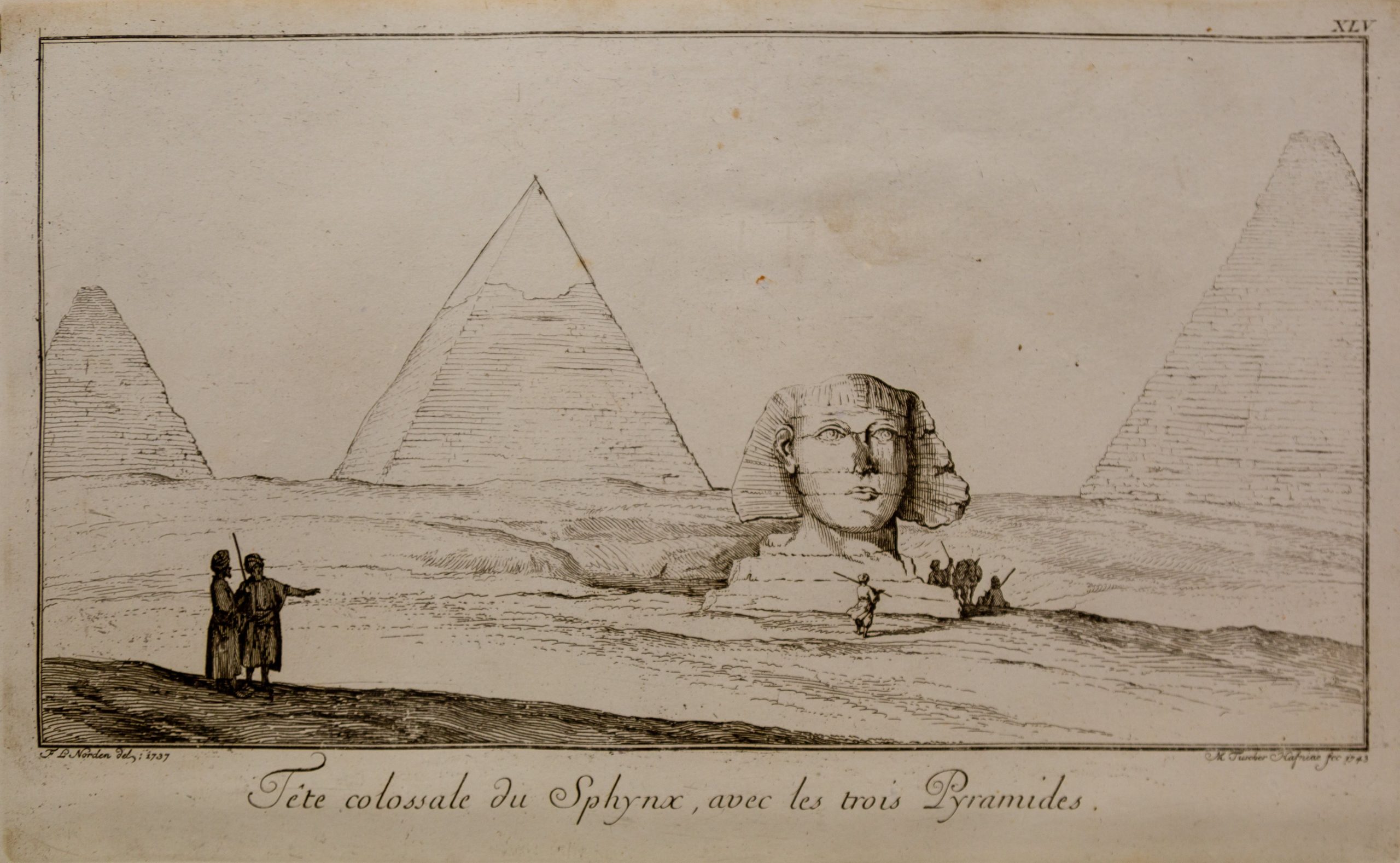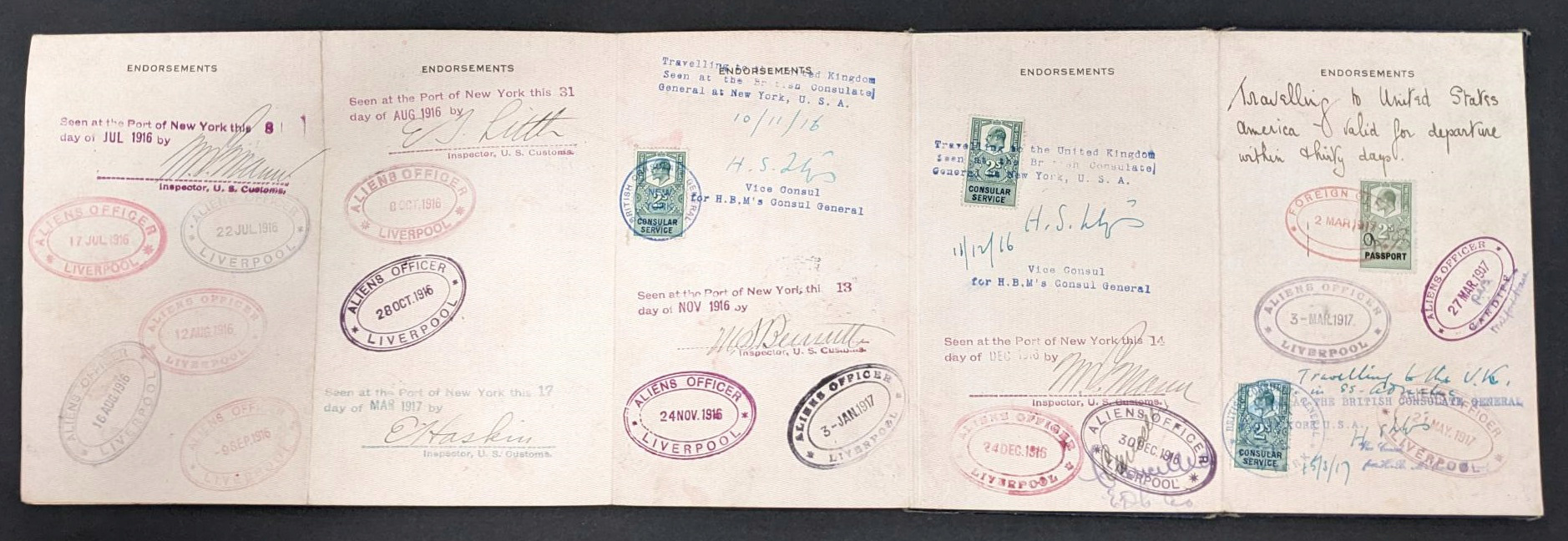As November highlights to us the importance of inclusion, we delve into the records of Fulbourn Hospital (formally Fulbourn Asylum), held by Cambridgeshire Archives. Bringing light to mental health histories is instrumental in helping us learn today. We can understand better the lives that were lived, and the practices faced by the patients who were in this type of care.

In the beginning…
Cambridgeshire were slow to act in the formation of a county asylum. After two laws were passed in 1845 (Lunacy Act and County Asylums Act), that required all rate-levying authorities to provide a public asylum, it would take a further thirteen years for Fulbourn Asylum to open as an operational institution for patients.
Due to the length of time taken to build Fulbourn, many of Cambridgeshire’s patients had been in the care of other counties. Upon the opening in 1858, these patients were transferred to Fulbourn, where it was observed by the Medical Superintendent, Dr Edward Bryan:
“The health of many of the patients has I am happy to state materially improved since admission, and the garden and farm have afforded occupation to several who were formerly unemployed.”
(KHF/1/2/1/1)
As a result of humanitarian reform earlier in the 19th century, the practice of restraint had become less commonplace in asylums and there was a move towards moral treatment as standard.

Attitudes begin to change
Fulbourn adopted these treatments from the beginning and it was remarked upon by several early visitors to the Asylum. On a visit to Fulbourn Asylum in December 1859, it was noted by the Commissioners: “Non-restraint is the rule of the establishment and instrumental coercion has never been resorted to … there are no padded rooms or other apartments constructed expressly for purposes of seclusion”. (KHF/1/2/1/1)
After a lecture in 1862, Dr Lockhart Robertson noted that:
“Neither belt, straight-jacket, manacle, strong chair or any other means whatever for restraining the patient, are to be found there. All appearance of a prison has also been removed. The windows have no bars, the doors no bolts, the entrance hall stands open.”
(Report from Journal of Medical Science)
In conjunction with the policy of non-restraint, Fulbourn also placed heavy emphasis on the occupation of patients, particularly those admitted long-term. As the Asylum was set in a heavily rural area, there were plenty of roles to be found in the garden or on the Asylum’s farm. Further roles, particularly for women, could be found in the laundry or kitchen as well as those assisting the shoemaker or tailor.
Cracks start to show
Unfortunately, by the end of the first decade, cracks had started to appear and the Asylum was struggling with overcrowding and outbreaks of disease. In contrast to the comments made in 1858 by Dr Bryan, the Commissioners in 1878 noted that “we cannot report the general bodily health of the patient as being satisfactory … results from the present overcrowding of the Asylum”. (KHF/1/2/1/2)
Upon the opening of Fulbourn Asylum, there had been a vast variety of ‘amusements’ available to patients. These ranged from cricket, country dances, bagatelle boards, draughts and cards, as well as books and periodicals that were eventually supported by the creation of a Library. Patients had also worked to create a skittle alley as well as levelling and turfing ground for a bowling green. However, by 1897, it was observed that “means of amusements in the wards are scanty; pianos are needed and billiard and bagatelle tables”. (KHF/1/2/1/3)

The first half of the 20th century saw some of the most obvious declines at Fulbourn as both WW1 and WW2, as well as the inter-war period, impacted staffing. Funding and the societal views of mentally-ill patients changed; those admitted to these institutions were seen as burdens.
In 1908, a reporter from the Cambridge Express wrote that “it is, after all, a prison, and everybody and everything in it is under lock and key”. This was in marked contrast to the comments from those early visitors who had marvelled at the lack of barriers.
The arrival of Dr David Clark
Upon the arrival of a new Medical Superintendent, Dr David Clark, in 1953, Fulbourn Hospital, as it was known by now, began a transformation. The idea of the therapeutic community was one of the key fundamentals of Dr Clark’s practice. In principle, “the responsibility for patient care and treatment is shared not only by the staff, but by the patients themselves”. (KHF/6/3/29)

During the initial years of Fulbourn, visitors to the Asylum often commented on the more positive demeanour of the patients and the eagerness with which they engaged with the activities on offer to them. However, in The Story of a Hospital published by Dr David Clark, a different picture is painted as “some wards were full of tousled, apathetic people just sitting. Other wards were noisy, especially the ‘disturbed wards’. On some, there was an air of tension”.
A key tenet of the therapeutic community was the practice of opening doors. In the 1957 Annual Report, there is significant devotion to the topic. Dr Clark comments that:
“In 1947 every ward in Fulbourn was locked, and the general opinion was that this was inevitable and perhaps even desirable … but during 1957 we have learned that every type of patient can be treated in open wards and we have made a great stride forward in leaving the old asylum days behind”
(KHF/1/2/1/8)
By the end of Dr Clark’s tenure in 1983, Fulbourn had come full circle and was internationally renowned for its pioneering practices.
Written by Laura Housden, Archives Assistant at Cambridgeshire Archives
Edited by Anya Hopkins, Blog Coordinator for the Explore Your Archive campaign
Further information:
Cambridgeshire Archives directoryFind more information on Fulbourn Hospital hereCambridgeshire Archive’s socials:
Hi there, my uncle, the artist John Luke was once offered a commission to paint The Stations of the Cross…
Animals archive Archives art British Business Archives christmas collections diaries diary Digital Collections Diversity Diversity Allies education explore EYA fauna flora gender heritage History Inclusion Ireland letters library Local local history Local History and Community london museum Nature photography posters queer records school science Scotland social student theatre Twitter university Women WWII




Hi Sean, you would need to contact the school directly to find out more information. We only published the blog…